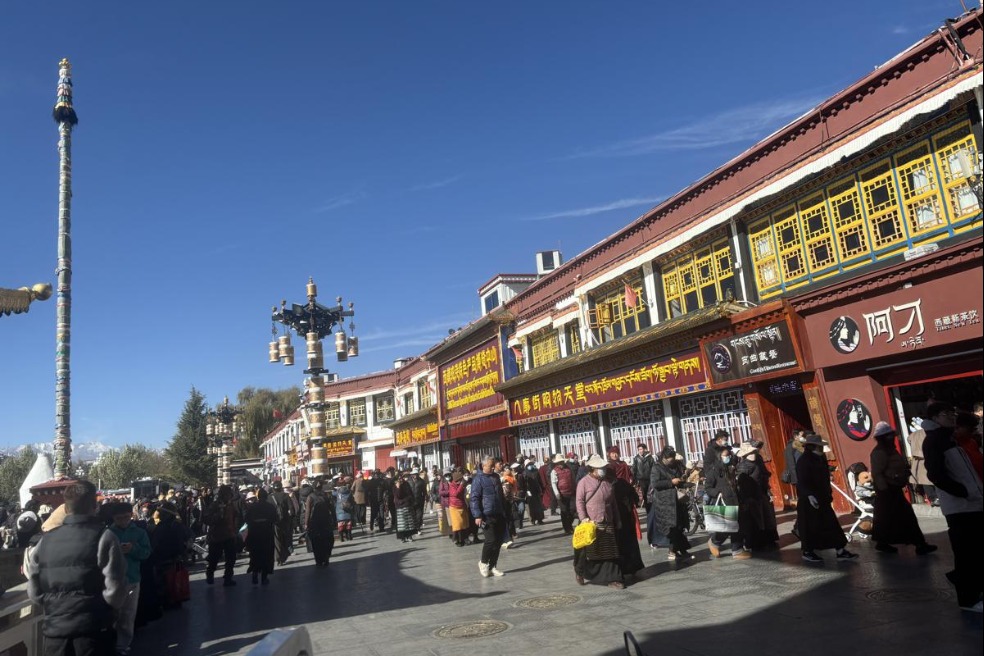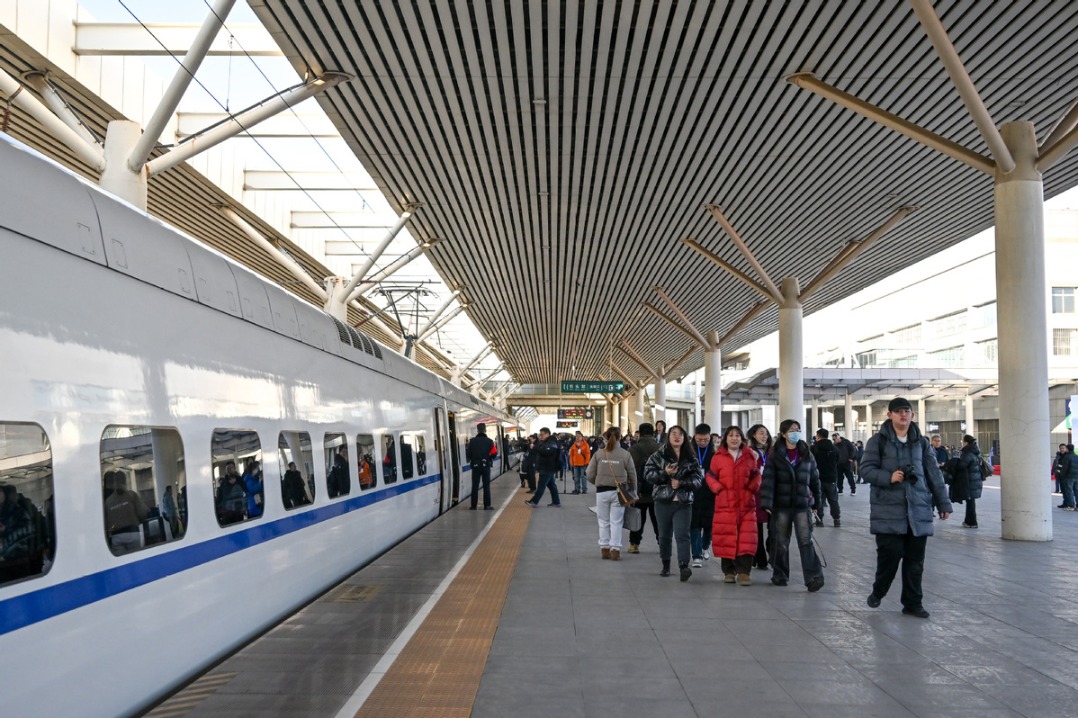Emissions system improves monitoring


The Ministry of Ecology and Environment has established an integrated space-ground supervision system to enhance air quality supervision, according to Zhao Qunying, head of the ministry's law enforcement bureau.
The COVID-19 pandemic posed great challenges for the bureau in carrying out on-site inspections, but it also created opportunities to tap the potential of technology to facilitate enforcement, Zhao said at a news conference on Thursday.
The ministry, for instance, has developed a series of technologies and methods to identify violations concerning air pollutant emissions, based on satellite remote sensing, air quality monitoring facilities, power consumption data and tips from the public.
Making full use of their access to power consumption data, for example, law enforcement officers can easily know if polluters have reduced production as much as they claim in the event of heavy air pollution, he said.
Currently in China, companies in smokestack industries are required to reduce production as an emergency response to heavy air pollution. Classified into three grades, these major air polluters will be subject to varying restrictions.
Some companies may claim they have reduced production by 50 percent as required. But if there is almost no change in their power consumption, this indicates that they have lied, Zhao said.
Thanks to support from five affiliates with the ministry, including the Appraisal Center for Environment and Engineering, the Satellite Application Center and the China National Environmental Monitoring Center, the ministry has developed an information-based platform to support its law enforcement work.
With data models that can help recognize over 40 types of evidence for violations related to air pollutant emissions, the platform will transfer all clues it finds to local environmental authorities for field inspection, he said.
Based on feedback from local environmental authorities, he said the ministry will carry out field visits to ensure all problems have been rectified.
The bureau is now able to unearth violations in a very precise manner, he said. The effectiveness of its on-site work has been greatly enhanced.
Since May last year, the bureau has transferred evidence about air pollutant emissions involving over 20,000 companies to local environmental authorities. Violations were found in 70 to 80 percent of them during field visits, he said.
"A preliminary information-based intelligent law enforcement system for air quality management has taken shape," he said.
- China outlines success of pilot care program
- NE China's Liaoning introduces professional titles for farmers
- China-developed methanol-fueled smart crude carrier delivered
- Shanghai Jiao Tong University unveils plan for new campus area
- Chinese researchers develop advanced air quality model for pollution simulation
- Blue tap water in Guizhou residential compound linked to internal pipe network





































